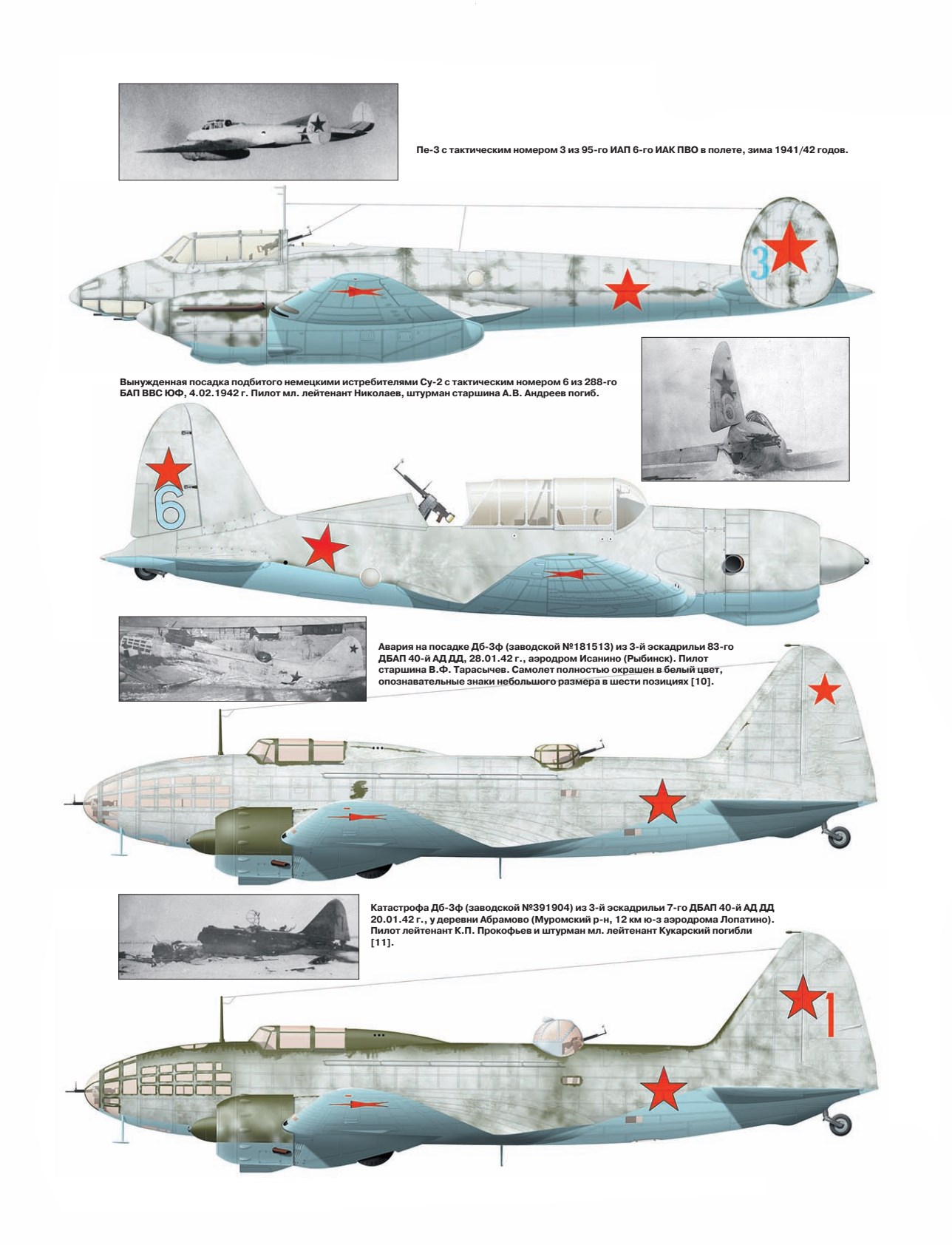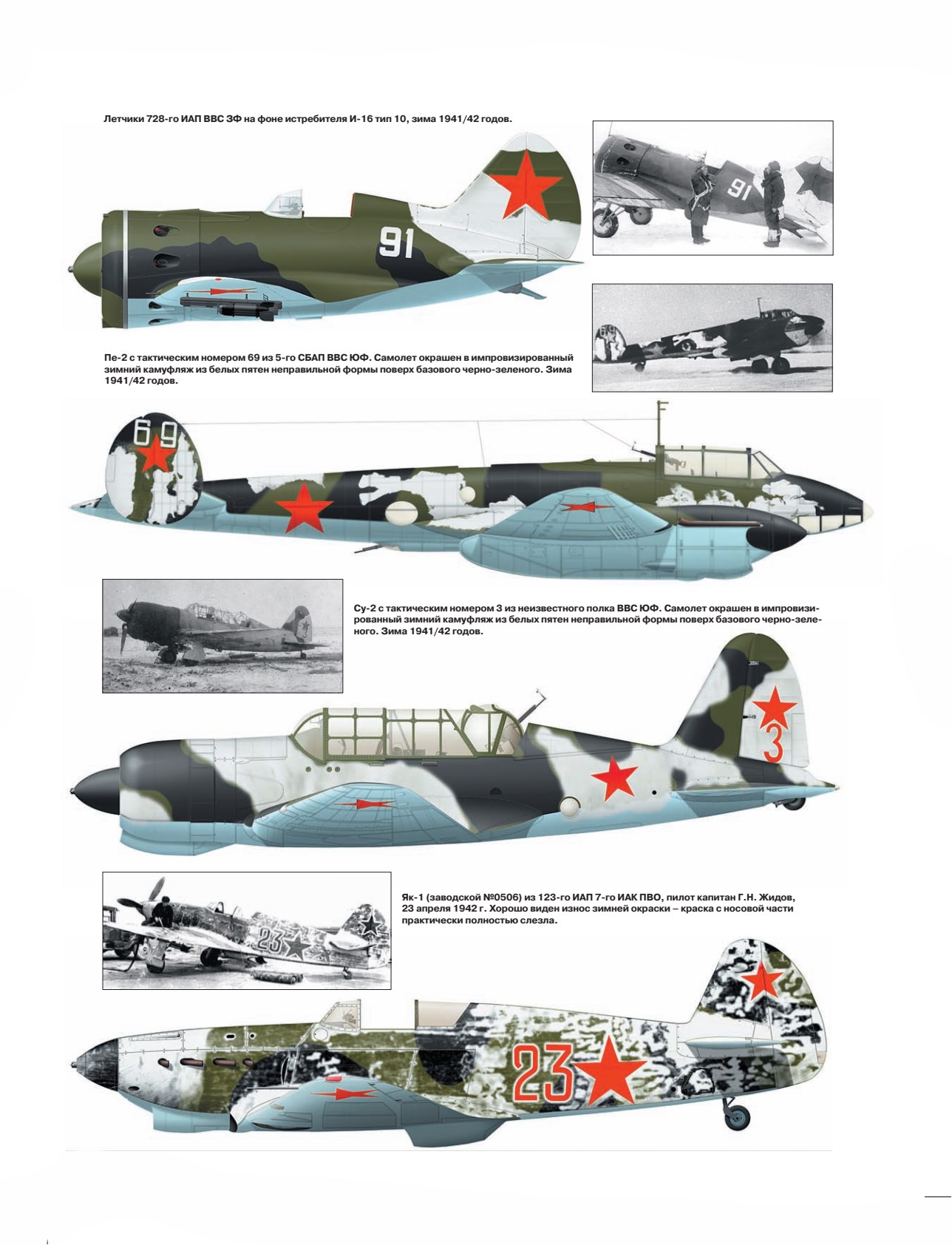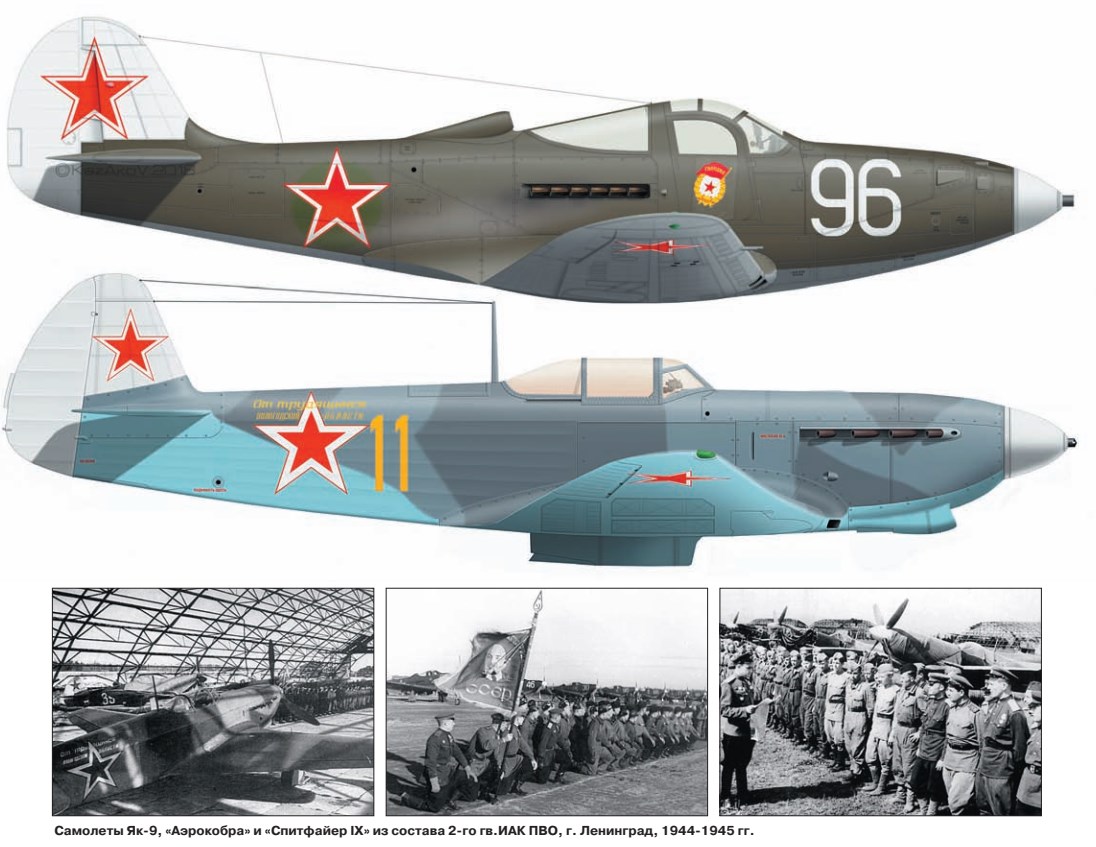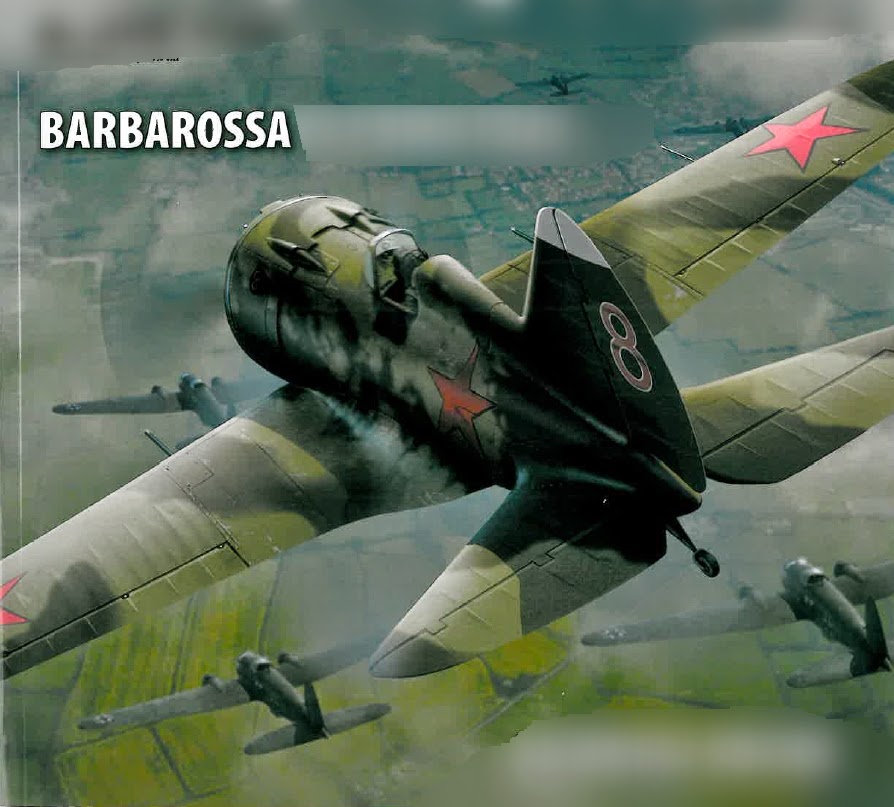
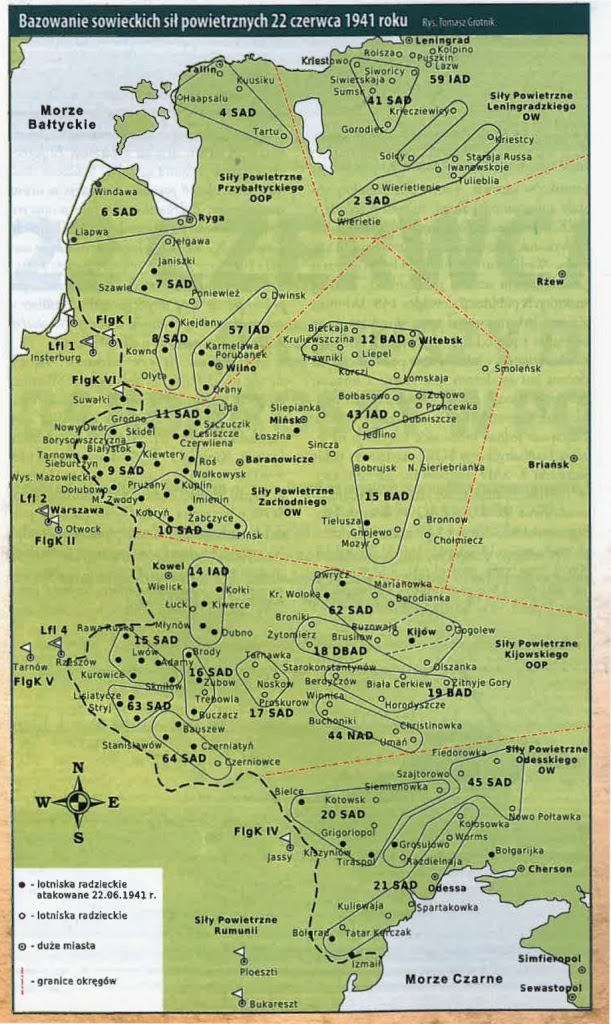
When Operation Barbarossa struck the Soviet Union on the
fateful June 22, 1941 the Red air forces were caught in the midst of an
extensive rearmament program. The units were made up of large numbers of
ill-trained fledglings who had never fired their guns in anger and were flying
obsolescent aircraft that were no match for the standard German fighter, the
Messerschmitt Bf 109, under normal circumstances. What was more, the political
purges of the late 1930s had rendered the command levels with many incapable,
inexperienced officers. There was a nucleus of veterans available – Soviet
pilots had fought in Spain and against the Finns during the embarrassing Winter
War of 1939/40 while the fighter arm in particular had done well fighting the
Japanese in Mongolia in 1939 (claims totaled 646 enemy planes destroyed at the
cost of 207 of their number), but the lessons of these battles had been largely
ignored.
On the eve of war, the VVS enjoyed a crushing numerical
superiority over the Luftwaffe with 35 air divisions being deployed in the five
major districts in European Soviet Russia as follows:
Leningrad Military District eight divisions numbering 1,270
aircraft
Baltic Military District five divisions/1,140 aircraft
Western Military District 11 divisions/1,560 aircraft (or eight
divisions numbering 1,825 aircraft according to other sources)
Kiev Military District 10 divisions/1,672 aircraft
Odessa Military District four divisions/950 aircraft
But this force was a paper tiger. It primarily consisted of
aircraft with manifest obsolescence. The fighter arm, which was in the process
of rebuilding with a new generation of excellent designs such as the MiG-3,
LaGG-3 and Yak-I, could field only 980 modern planes including 886 MiG-3s to
confront the tried and tested Luftwaffe. By June 22, 1941 only eight of 106
fighter regiments were mounted on advanced machines. They were not capable of
playing a prominent role in the darkest hours of the 1941 air war many being
destroyed on the ground on airfields along the front. A large number of pilots
was not sufficiently familiar with the new types of aircraft to be able to get
optimum performance from them. Ground control methods were rather rudimentary
and fighter tactics equally immature. Leading Luftwaffe pilots generally agree
on the basis of their experience that the Russian Fighters in 1941 were often
rather amateurishly led in combat. The results were catastrophic. When night
fell on June 22, the Luftwaffe had struck at 66 major airfields where Baltic,
Western, Kiev and Odessa Military Districts had deployed 70% of the strength to
hand, causing great damage.
Amongst the hardest hit was Western Military District which
at that time contained the 12 and 13 BADs, 43,59 and 60 IADs of Frontal
Aviation along with the 9, 10 and 11 SADs which were attached to combined arms
armies. Additionally there was the 3 DBAK of the High Command being made up of
the 42 and 52 BADs and 61 IAD. In all, the district could call on 1,560
aircraft at the outset of the war consisting of 377 SB-2s, 42 Pe-2s, 22 Ar-2s,
24 Yak4s, 75 Su-2s, 424 I- 16s, 262 I-153s, 73 I-15s, 233 MiG-3s, 20 Yak-1s and
8 11-2s. A relatively large number of fighter units was much too close to the
frontier with the result that heavy losses were incurred in preemptive
bombardments of German artillery. Devastation was tremendous as the hammer
blows of the Luftwaffe were completing the destruction. Western Military
District alone lost 47% of the strength to hand not including the long-range
bomber forces, i. e. 387 bombers and 35 1 fighters were destroyed, 2 10 of them
in air combat. Before the day was out, 9 SAD had lost 347 of its 409 aircraft,
while 10 SAD had lost 188 of 231 and 11 SAD 127 of 188. Total Soviet losses
that day are estimated to have exceeded 1,200,300+ of which were shot down in
combat.
Quality of training fell rapidly in the weeks that followed.
Novices were sent into the struggle after an all too brief training period
scarcely able to control their aircraft. 249 Il-2s that had been supplied
before the outbreak of war were harshly treated by German fighters as they frequently
had to operate without escort.
Battle-hardened Luftwaffe pilots were taking a terrible toll
of Soviet aircraft in adding to their prowess. The story of German aces
achieving tremendous scores on the Eastern Front has led to much speculation
and misunderstanding while views of the battles fought over Soviet Russia tend
to generalities. The characteristic features of the Soviet forces and pilots
which had been badly mauled and disorganized during the first months of the
fighting, are seen as an innate sluggishness and lack of initiative. Nothing
could be farther from the truth.
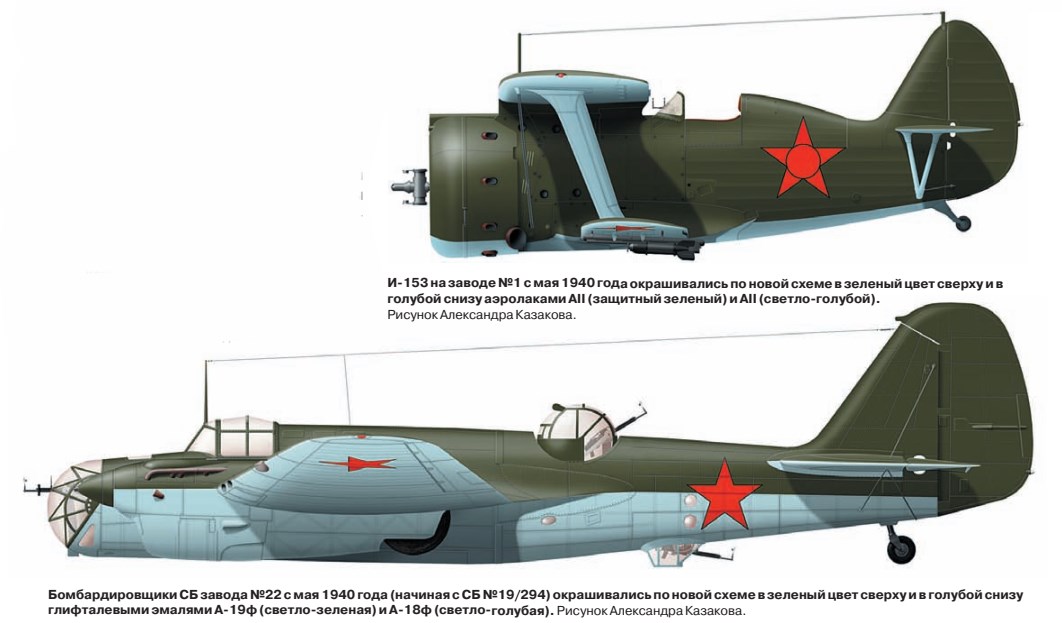
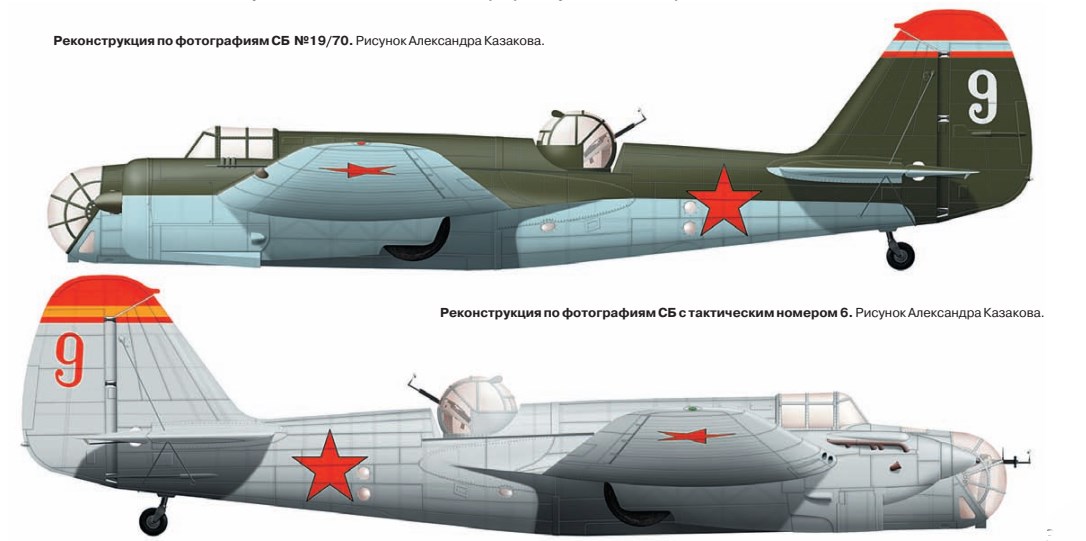
The first strike was made at 0315 22 June 1941 by 637
bombers and 231 fighters against 31 airfields; great success was achieved and
only two aircraft lost. Many sorties were flown and by the end of the day 1,489
Soviet aircraft had been claimed on the ground and 322 shot down. At first,
these figures were believed to be barely credible. Even Hermann Göring refused
to believe the figures and had them secretly checked. In fact, German officers
checking the airfields, which were soon overrun by the Wehrmacht, counted over
2,000 wrecks. Soviet sources confirm these totals. The VVS Baltic District lost
56 aircraft on 11 airfields. VVS ZOVO lost 738 of its 1,789 aircraft on 26
airfields. The VVS Kiev District had 23 of its airfields bombed it lost 192
aircraft, 97 on the ground. In addition, 109 training aircraft were destroyed.
VVS Odessa, in the south lost 23 aircraft on six airbases. The Long-Range
Aviation and naval air forces reported the loss of 336 aircraft. Entire units
were nearly wiped out. The 9th Mixed Aviation Division lost 347 out of 409
aircraft including the majority of the 57 MiG 3 and 52 I-16s of its 129th
Fighter Aviation Regiment. The division’s commander, Sergey Chernykh was shot
for the failure. Only the VVS Odessa, under the command of Fyodor Michugin, was
prepared for the assault, losing only 23 aircraft to Emanoil Ionescu’s Romanian
Air Corps. Ionescu lost four per cent of his strength on this date, the worst
Romanian losses on a single day in the 1941 campaign.
Total Luftwaffe losses amounted to 78 on 22 June; 24 Bf
109s, seven Bf 110s, 11 He 111s, two Ju 87s, one Do 17 and 10 miscellaneous
types. The Romanian Air Force lost four Blenheims, two PZL P-37 fighters, two
Savoia-Marchetti SM.79, one Potez 633, one IAR 37 and one IAR 39. Losses
amounted to 90 other Axis aircraft. The Soviet claims were a considerable
exaggeration; “more than 200 enemy aircraft” were claimed to have
been destroyed on the first day. Panzer columns advanced deep into Russian
territory. The first counter-strike was made the same day by nine Russian
bombers against targets in East Prussia; five were shot down. The usual
techniques were employed by the Germans. Stukas and Zerstorer aircraft operated
in direct support of the armoured spearheads, acting as airborne artillery,
while medium bombers attacked supply and concentration areas, railheads,
convoys and other targets further behind the front.
The first tank-air liaison officers were introduced at this
time, an Air Force officer in a tank with radio among the leading troops to
direct close-support attacks on the Russian tanks and artillery.
In the first week of the campaign 4,990 Russian aircraft
were claimed destroyed for the loss of 179 German machines. The biggest battles
of the war to date took place as the German spearheads approached Minsk on 30
June. Large formations of unescorted Russian bombers were thrown in, one German
unit alone (JG 91) claiming 114 of these. Further north, while defending
bridges captured over the River Dima, JG 94 claimed 65 attacking bombers shot
down. On 6 July 73 bombers attacked a German bridgehead at Ostrov and again 65
of them were shot down.
The first Russian air raid on Berlin was made by a small
force of bombers during the night of 7 August.
Despite tremendous German successes in Russia and tracts of
territory occupied, the Russians continued to resist as the weather and utter
weariness brought the Germans advance to a halt short of Moscow. The Germans
were now beginning to feel the losses that were not being replaced due to dire
material and manufacturing shortages at home. In the Luftwaffe 1603 aircraft
were lost in fourteen weeks’ fighting by late September, with over 1000 more
damaged, a rate of attrition which had written off a high proportion of the
strength with which the campaign began.
The failure of the Germans to prepare for a long war and any
sort of strategic bombing now had fatal consequences. The Russians had moved
their whole war industry to the east of the Ural mountains – beyond the range
of German air attack. Moreover the Luftwaffe possessed no long-range strategic
bombers and were beginning to suffer from fuel shortage since synthetic plants
were delayed in production. As the hard Russian winter found the Germans quite
unprepared for its rigours, which grounded aircraft and reduced serviceability
to 30 per cent, the Red Army launched a counter-offensive which at first made
some ground, supported by new MiG-3, Yak-1 and LaGG-3 fighters, Il-2
ground-attack aircraft (Shturmoviks) and Pe-2 bombers, which all supplemented
the older types in growing numbers and were more effective in extreme weather
conditions.
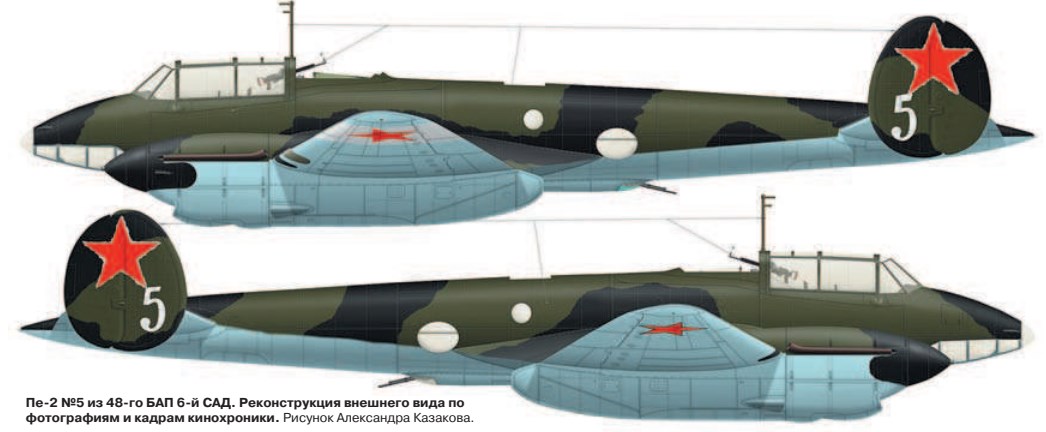
Individual life was not precious, and no one was allowed to
give up. The Russians were putting up a surprisingly ferocious resistance. What
average Soviet pilots initially lacked in skill, they made up for with
incredible bravery and determination, ready to sacrifice themselves. In this
desperate situation they were beginning to display a propensity for deliberate
ramming, which later was becoming a commonplace on all sectors of the front.
Successful pilots were celebrated by propaganda glorifying the last-ditch
efforts of individuals in the collective battle for mother Russia, the Great
Patriotic War, as this vast conflict came to be called.
Amongst airmen, the aerial ramming (vozdushnyj taran) became
more popularly known as the “falcon attack” (sokolnyjudar). Almost
600 aerial taran were performed during the war including 558 by fighters, 19 by
Shturmovik and 18 by bomber aircrews. 28-victory ace B. I. Kovzan was the
leading exponent of the taran attack. He survived no fewer than four successful
rammings although his left eye was destroyed while achieving his fourth such
victory. Following his recovery, Kovzan retumed to combat duty adding six air
victories (some 10 according to another source) to his tally.
A. S. Khlobystov and N. V. Terekhin both received credit for
three successful rammings each while a total of 34 pilots accomplished this
feat twice; Mladshij Lejtenant Leonid Borisov of the 43 IAP also performed
three taran but only two of his opponents were actually destroyed. Twenty
fighter pilots achieved the remarkable exploit of two successful rammings in
one sortie. If the attack was carried out at sufficient altitude, the pilot
stood a fair chance of parachuting to safety or struggling back to base. During
the air battles over Kursk in 1943 Soviet pilots reportedly performed 47
successful taran. 15 of them either returned to their own airfields or carried
out a forced-landing. Nine abandoned their aircraft, 17 were killed, while six
were reported missing or failed to return.
The Germans were now flying the Me109F while the Russians
had the 1-151 and 1-153, being replaced by the MIG-3. The MIG flew faster than
the 109F and had a greater range, but the Russian Air Force tacticians were
strait-jacketed with pre-war thinking, as the RAF had been. The Soviet doctrine
was to teach her pilots to fly and to fight in horizontal maneuvers which was
extremely limiting. Before long, and impelled by the urgency of the situation,
some far-sighted Russian pilots realised the need for a change of tactics.
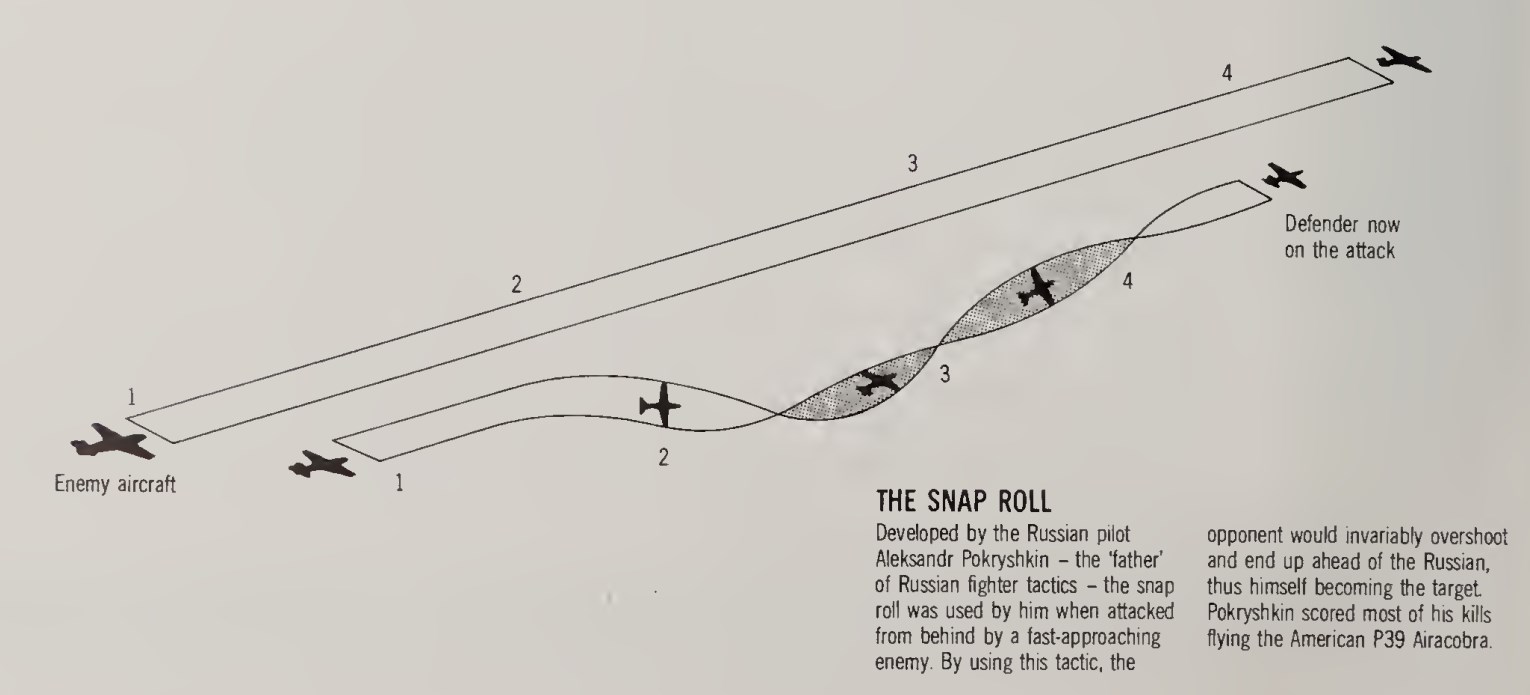
Alexander Pokryshkin was 28 when the Germans attacked his
country and had been an aircraft mechanic before becoming a pilot. His hero was
Rene Fonck and he adopted many ideas from the French pilot’s book Mes Combats.
Pokryshkin kept a diary in which he noted all the innovations he made when
flying in mock combat with his brother pilots. In these exercises and later in
action he found the climbing spiral to be best for evasion. He also developed
the snap-roll to reduce speed and make an attacking German pilot overshoot and
get ahead of him. He converted his fellow pilots to flying and fighting
according to his ideas which achieved results and prolonged survival. He also
studied the enemy, their aircraft and tactics, and noted their weaknesses. He
instilled in his pilots the doctrine of `Altitude, Speed, Maneuver and Fire’.
Relying on good marksmanship and seeing the need to close the range before
firing, Pokryshkin later flew with an elite Guards Regiment – comprising units
of the best pilots grouped together, and posing a formidable threat to the
Luftwaffe.
His first victory, shortly after the invasion, came when he
shot down a Me109. He watched it fall in flames but, like so many other pilots,
became so engrossed in watching his first kill go down that he nearly fell
victim to the attack of a second Messerschmitt. Lucky to escape, he put his MIG
into a screaming dive to ground level, levelled out and zig-zagged home. By the
end of the war this able tactician who gave so freely of the fruits of his
ideas and experience, had shot down 59 German aircraft. It has been said that
Alexander Ivanovich Pokryshkin was to the Russian Air Force what Werner Molders
was to the Luftwaffe. With his help the Russians revolutionized the hitherto
accepted tactics of aerial combat. He had himself learned and mastered the
tactic of the sudden, swift, violent attack maneuver. The object of this tactic
was to win the psychological battle, to unnerve the enemy pilot, who would then
be an easier target. In practice it was obviously more difficult, but on
occasions it was successful, and it broke up the German formations.
Tactics were devised under combat conditions. This vital
development though suffered some drawbacks of which the redoubtable Aleksandr
Pokryshkin gives an illuminating account:
“Innovations, for instance new forms of attack, almost
invariably encountered obstacles one way or the other. The air division
commanders much too often demanded strict observance of service regulations
which were also prescribing forms of attack. Veteran pilots thus were unable to
convey their combat experience to the begin. This, however, did not prevent
them from utilizing their personal formula in air combat!” Tireless
Pokryshkin not only finished as the second ranking Allied ace of World War II,
but also became the acknowledged innovator of Soviet fighter tactics, a great
tutor of green pilots many of whom were to emerge as distinguished fighters. He
recalls the following unusual mission with novices of a fledgling outfit:
“We were making for the Manych which the enemy had
forced at Vesseloye. Contrary to my orders the young pilots stayed close to me,
maintaining an unsteady formation without varying altitude. After strafing we
were headed for home when a flight of Messerschmitts turned up to make things
hot for us. I ordered the attack and turned into them. My comrades though only
moved closer and raced away for home. The Messerschmitts turned after them
disregarding me. I opened fire at close range and shot one of them down. The
three remaining fighters now swept down on me and I hardly escaped their
attacks.”
The Russians had a number of technical and geographical
advantages over the Germans; these included greater endurance in the air of
their fighters and having their bases located well behind the front line. The
Luftwaffe was based very near the front line and (like the RFC against the
Germans in WW I) its pilots constantly took the air war to the Soviets, who
tended to remain on the defensive. The Soviets used their fighters to protect
their ground attack and reconnaissance aircraft, two well-known types of these
being the Petliakov PE-2 and Ilyushin Il-2.

In an all-out effort the Soviets were able to make up for
their horrendous losses in relatively short time by skillfully preserving their
facilities for the production of aircraft and the training of pilots. While
strength to hand had fallen to 2,495 planes in the field by December, 1941, the
air forces could already call on a substantial fleet of 3,164 aircraft as of
May, 1942. During the same time frame, Soviet-constructed aircraft were
increasingly supplemented by substantial numbers of Lend-Lease fighters such as
Hurricanes, Spitfires, Tomahawks, Kittyhawks and Airacobras. With the exception
of the latter, all types were to wind up as more or less controversial among
Soviet pilots. Most felt, that these machines were inadequately armed and did
not have any attribute that was outstanding. The P-39 Airacobra though was
destined to become the favorite mount of many legendary fighter aces developing
its best performance at low to medium altitudes where most of the action took
place while possessing tremendous firepower. Major G. V. Zimin, who commanded the
485 IAP and 240 IAD in World War II, provides the following recollection, which
is shared by many VVS command personnel:
“The pilots flying Hurricanes showed a particularly
pessimistic outlook. They bluntly stated that they would never stand a chance
against the Messerschmitts which had a distinctively superior performance,
could leave them standing and handle them roughly with ease.”
In consonance with this development, the organizational
structures were subjected to drastic consolidation measures. The early battles
had proven most dramatically the ineffectiveness of unwieldy air units which
were attached to combined arms armies and subordinate to the army commander.
The Soviet Command focused on building up its air power to
permit the concentration of forces at points of main effort. Learning from the
disastrous setbacks, the commitment of air power was no longer to be performed
in a piece-meal manner.
The idea was to swiftly maneuver strong forces between front
sectors within the framework of ground operations.
Thus on May 5, 1942 the first of an eventual eighteen air
armies was established by order of the People’s Comissariat, abandoning the
front and combined arms armies’ air services. The 1st Air Army (Vozdushnaya
Armiya) was built around the air units of West Front, 2nd Air Army around those
of Bryansk Front. By November, Soviet Frontal Aviation was no longer
subordinate to the combined arms armies, which were left with one composite air
regiment only for reconnaissance and liaison duties.
Strength ratios at the front now were rapidly developing in
favor of Soviet forces. Late in 1942 powerful air corps were activated as
Supreme High Command General Headquarters (STAVKA) air reserves. These units
usually consisted of two or more divisions with strength ranging from 120 to
270 planes to be committed to action according to STAVKA directives so as to
achieve numerical superiority at points of main effort; upon completion of
their mission, the air corps were withdrawn for possible transfer to another
front sector. In order to develop this numerical superiority, adjacent areas
frequently had to be stripped of fighter support. Strength of the air armies
continued to gain as the war dragged on according to the needs of the campaign
or theater of operations. The order of battle thus ranged from six to twelve
divisions and 900-1,000 aircraft in 1942/43, 1,500 aircraft in 1944 and
2,500-3,000 during the final stages of the war.
#

The campaign on the Eastern Front can be grouped into three
phases. During the first phase, lasting from June 1941 to the bitter defense of
Stalingrad in October 1942, the Germans were generally on the offensive,
whereas the Soviets lost the entire Ukraine and only narrowly succeeded in
holding on to Leningrad, Moscow, and Stalingrad. This period also incorporates
the famous Russian counterattack around Moscow, during which Hitler’s
insistence on hedgehogging (building well-fortified defensive strongholds)
around vital centers proved correct but ultimately put an end to German hopes
for victory. As we shall soon see, the Soviets during most of this period
violated their own principles so elaborately developed in the interwar period.
It was only after the winter offensives of 1941-42 that they began reorganizing
along prepurge lines.
Phase two lasted from November 1942 to October 1943. By this
time, the Soviets had learned their lesson and reorganized. This enabled them
to mount the highly successful counteroffensive at Stalingrad, which in turn
was followed by Gen Erich von Manstein’s brilliant German counterstroke, the
Battle of Kursk, and the first Soviet summer offensive. All these campaigns
were fought in the southcentral part of the front. At the end of the period,
the Germans had been thrown back to the Dnieper River, and the initiative firmly
shifted from the Wehrmacht to the Red Army. Though the period saw both sides
waging operativ warfare, their methods in doing so were somewhat different. The
Soviets stressed numbers and the operational-strategic level; the Germans,
tactical excellence and the operational-tactical level. Another characteristic
of the period was the loss of whatever technological superiority the Germans
had enjoyed. This was especially true in the air, where the Soviets deployed
new models and the Germans, forced to use their updated models in the West,
could only oppose them with older models.
Phase three lasted from January 1944 to the fall of Berlin
in April 1945. This was a period of ever-increasing and more concentrated
Soviet blows delivered across the entire Eastern Front, while the Germans were
pressed in every theater and in every dimension of war except tactical
expertise and technological excellence. The former factor was offset by the
growing Soviet superiority at the operational-strategic level; the latter, by
the Allied bombing campaign that disrupted the German war economy and prevented
the new weapons (particularly heavy tanks) from being deployed in large
numbers. To cap it all, Hitler insisted on a strategy that compounded the
German weakness. Instead of pulling his infantry back and concentrating his
panzers and fighter aircraft where it mattered most-along the
Moscow-Warsaw-Berlin axis-he attempted to defend along the entire front from
the Baltic Sea to the Black Sea, with the result that the front was weak
everywhere and was repeatedly broken through.
Stalin himself was to blame for the early disasters. The Red
Army purges of 1936-39 had decimated the officer corps and done away with
three-quarters of its senior ranks. The remainder were terrified and demoralized.
Tukhachevsky, the founding father of Soviet maneuver warfare, was among the
early victims. His demise caused his ideas and his associates-those who
survived-to be discredited. Nor were the Soviets helped by their experiences
during the Spanish Civil War, which, as explained earlier in this volume, was
in many ways a special case. Stalin’s conclusion from that experience had been
that strategic bombing was too inaccurate and that short-range attack aircraft
were more appropriate, a decision that dictated the tactical thinking of the
Red Air Force’s strategists for years to come and made ground attack into the
most highly developed form of Soviet aviation. In the nick of time, it was to
provide the Soviet Union with the world’s most formidable short-range attack
aircraft, the IL-2 Shturmovik, an aircraft not unlike the USAF’s A-10.


Meanwhile, however, the results were mainly adverse. The
Spanish experience had led Stalin to disband his mobile striking forces, with
aircraft as well as tanks being dispersed to the various armies. To add to the
confusion, the German blitzkrieg successes in Poland, France, and the Balkans,
as well as the Red Army’s own poor performance in Finland, caused Stalin to
reassess his position once again. Just as the Soviet forces were beginning to
rethink interwar concepts, the Germans struck.
In 1941, the deployment of the Soviet forces was also
faulty. Stalin placed his forces in the manner of the politician rather than in
that of the military strategist, going squarely against the classicist
education of the Soviet General Staff. In an effort to create a buffer space
between himself and Hitler and to defend as far forward as possible from the
Soviet heartland, he greedily acceded to a partition of Poland and subsequently
grabbed the Baltic republics. The space thus gained was valuable in itself, but
to move the Soviet army 200 kilometers forward (in the north, right up to the
borders of East Prussia itself) was an error. It enabled the Germans to use
their own territory-complete with its developed infrastructure-as a springboard
for their eastward offensive.
Moreover, the “lessons learned” in Spain caused
the Red Army to be deployed in a linear, cordon defense. Aircraft, like tanks,
were grouped in relatively small units (no larger than divisions consisting of
approximately 100 aircraft) and penny packeted along the front. A mere 50
kilometers behind that front were the impassable Pripet Marshes; consequently,
the first defeats quickly cut the defenders into nonsupporting halves and
forced them into diverging withdrawal axes along rail lines radiating out from
German-occupied Warsaw. In the months just prior to the German invasion, Stalin
was afraid of provoking Hitler. He therefore tolerated frequent German
reconnaissance intrusions into Russian air space. In addition, the Soviet
garrisons were not in a high state of readiness even though intelligence
reported German intentions. The end result of all these factors was to present
Hitler with an opportunity he could not refuse: to encircle the Red Army before
it could retreat into the trackless spaces of Mother Russia.
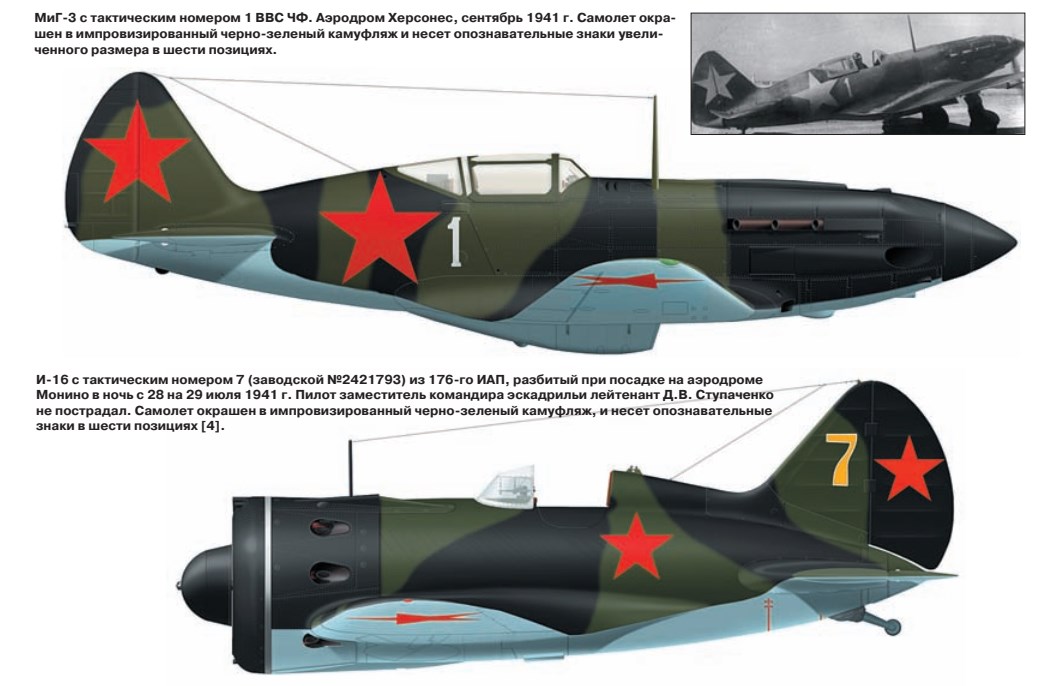
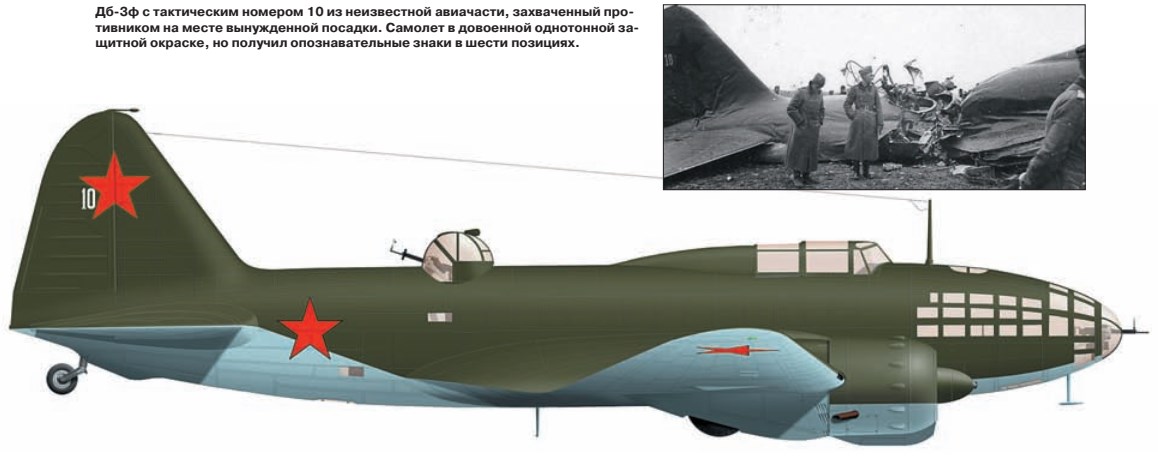
As 22 June dawned, the Soviet air force, as already related,
was caught totally by surprise. Main airfields were hit by special air
intruders who coordinated their missions with the first artillery fire. Shortly
thereafter, airfields across the front were struck. Most Soviet aircraft were
caught neatly parked. They were wrecked by special fragmenting cluster
munitions. Within hours some 2,000 Soviet aircraft belonging to the forward
armies were destroyed, and another 1,500 were lost in the following days.
Within days the base organization of the Soviet air force was lost as the
panzers sliced into the front and launched large and small Kesselschlachten,
netting nearly 2 million Soviet troops before mud-making rains in October and
early cold in November brought the German advance to a halt. Base personnel and
equipment were among those trapped. What occurred can be summarized as follows:
Almost parallel with and at a distance of not more than
50 kilometers from the border, all fighters, ground-attack and tactical
reconnaissance units were in position on airfields in almost linear
disposition, without any organization in depth, without outposts, without
defined areas of main effort, and with their sub-units loosely distributed .
The disposition of the heavier air forces was very similar, in areas between
100 and 150 kilometers farther back. Even the services farther in the rear, the
reserve and training units, and the industrial air services, showed clear signs
of rigid schematism. The results of this defective plan of concentration are
generally known; with the first two weeks of war they were to cost the Soviet
air forces more than 50 percent of their total front-line strength and were to
lead later to almost complete annihilation.
Within this disaster, two fortuitous events stood out. Since
the Soviet air force was mostly destroyed on the ground, few pilots were lost;
furthermore, the main victims of the German surprise attack were old planes
(I-15 biplanes for ground attack and I-16 Ratas for fighters) in the process of
being replaced. Their replacements (i. e., early model Il-2 Shturmoviks, I-18s
and 26s (MiG-3 and Yak-1, and LaGG-3s) were considerably better. Even so, lack
of ancillary equipment such as radio and navigation aids meant that the newer
Soviet planes remained much inferior to equivalent German aircraft.
Although the Red Air Force was no match for the Luftwaffe in
terms of materiel, training, tactics, and logistical support- and, after the
attack, numbers-it doggedly fought on, scoring occasional minor successes in
reconnaissance and in ground attack against German armor in the open steppes in
the south. But the cost of confronting the Luftwaffe was high. The Soviets lost
most of their trained pilots and many of their remaining aircraft.
The Soviet High Command, recognizing the Soviets’ absolute
inferiority, ordered survival tactics for their fighter and ground attack aircraft.
Most fighter actions were defensive. The advancing German columns might not see
a Soviet aircraft for days and then, just as they would approach some strategic
bridge, watch it being attacked by an entire Soviet squadron consisting of
I-15s or some other obsolete aircraft employing suicide tactics. To evade the
superior German fighters, minimize aircraft losses, and enable downed pilots to
be rescued, the Red Air Force generally limited its attacks to within 10
kilometers of friendly lines, a method that had the further advantage of
helping draw the enemy into antiaircraft fire traps. To the extent that 90
percent of Soviet aircraft downed during this period (the summer and autumn of
1941) were lost over Soviet territory, these tactics worked. On the other hand,
most German combat losses were caused by ground air defense.

Soviet aircraft caught by German fighters generally
attempted to escape by flying down “into the weeds.” Alternatively,
they would form a tight horizontal defensive circle that would whirl like a
cyclone back to their own lines. The tactic reflected both a weakness of
Russian aircraft their obsolete engine would not give them climbing power for
more diverse tactics-and their excellent maneuverability. The Germans often
found it difficult to break up the circle; if they succeeded, however,
confusion reigned, and most Soviet pilots foundered.
If there was a success story in 1941, it was the baptism in
August of the renowned Il-2. This excellent aircraft was used in ground attack,
which was the most logically developed and employed arm of the Soviet air
forces. Even so, early Il-2s were vulnerable since they had no rear gunner. The
cover provided them by protecting fighters was almost uniformly poor, whereas
the then-prevailing organization made concentrated blows difficult or
impossible to deliver.
By late 1941, the Luftwaffe had virtually eliminated the
Soviet air forces from the skies. What saved them, or at least provided a
breathing space and a respite from continued hemorrhaging losses, was the
arrival of winter in November. During the respite from November 1941 until the
next German offensive began in May 1942, the Russians began receiving the new
production from the relocated factories behind the Urals and rehabilitating and
retraining their fighter and ground-attack units. By spring, when they were
aided by the fact that some of the German forces had been moved to the
Mediterranean, they once again had numerical superiority. While still inferior
to the Luftwaffe overall, and even more so unit to unit, they had corrected
their greatest deficiencies in flying ability, operational procedures, and
command, control, communication, and intelligence.
In particular, centralization of aviation was reimposed in April 1942. Taking a leaf from their German opponents, the Soviets started pulling air units away from the ground armies/corps to which they had been organically assigned and which had hindered their concentration at focal efforts. Air corps and air armies were created, and these were allocated to fronts and Stavka reserve. By the time of the Battle of Stalingrad, the latter had grown from a handful of air groups to a third of Soviet aviation; by 1945, it comprised 43 percent of all aviation. In theory, all air corps belonged to Stavka reserve and were allocated in accordance with the Stavka’s strategic planning. Although tactical control was exercised by the air army to which they were attached, these air corps were to be used for major air operations only and withdrawn for regrouping and reequipping once these operations were completed.
